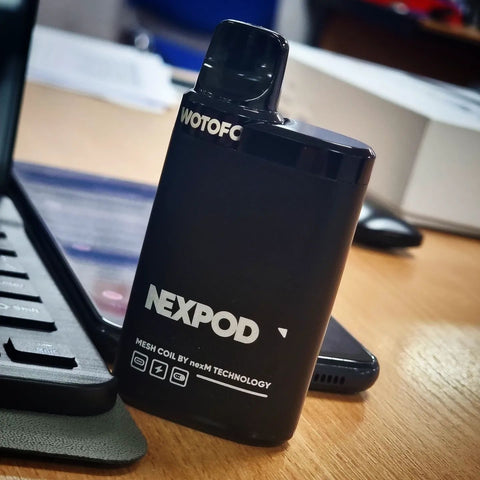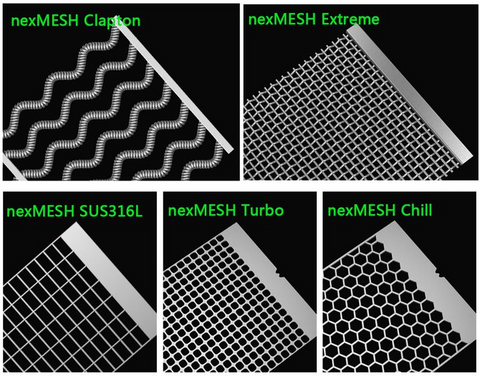If you are planning to switch to e-cigarettes, perhaps you are wondering what ingredients make a typical e-juice. But what is the meaning of PG/VG? What is the meaning of 50/50, 40/60, or 20/80?
A vape juice (e-liquid/e-juice/e-fluid) is a mixture of varying levels of four main ingredients: VG (vegetable glycerin), PG (propylene glycol), nicotine, and flavoring.
The nicotine strength in the e-juice is determined by the amount of nicotine in the mixture, let’s assume it is about 10%. Also, about 10% of the e-juice mixture is flavoring. The remaining 80% will be filled by diluting the media of the nicotine and flavoring, and this is composed of a combination of PG and VG.
Depending on the way the vaper prefers their e-juice, the percentage of VG and PG differ. The recommended PG/VG ratio for beginners is 50/50. After consuming this ratio for some time, they can make adjustments in the subsequent orders. If the throat hit does not seem satisfactory, try 70/30 PG/VG mix. If your concern is exhaling large dense clouds, adjust it to a 30/70 PG/VG.
Sure, every time the discussion of the ingredients of e-juices pops up, two popular terms – PG (Propylene Glycol) and VG (Vegetable Glycerin) constantly crop up. Sometimes these two terms appear a bit confusing to newbies but their knowledge vastly improves one’s vaping experience.
Both PG and VG come in liquid form and are blended with nicotine and flavors to form e-liquids. These liquids are classified as alcohols and their combination with other ingredients makes several consumable products. When heated, they generate vapor which is then inhaled into the lungs.
VG and PG should not be confused by oils and cannot cause medical issues – such as lipoid pneumonia – as oils can cause. Both VG and PG have varied consistency and taste. When vaped, they cause distinct throat sensations. Most vape juices are prepared with the combination of these two liquids with varying ratios.





Leave a Comment